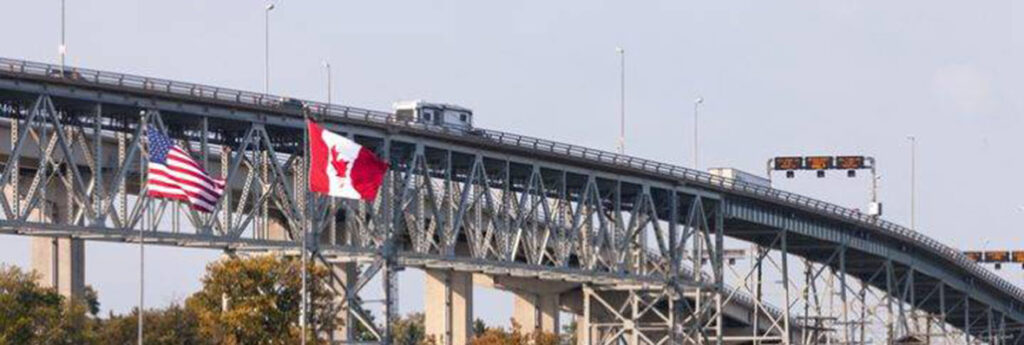Canada is already contemplating the measures it will take to safely end restrictions on international travel, Prime Minister Justin Trudeau said Tuesday as he confirmed the United States has agreed to extend the mutual ban on non-essential border crossings for another 30 days.
The ban, which prohibits discretionary travel like vacations and cross-border shopping without restricting trade, commerce and essential employees, was set to expire Thursday until the US agreed to Canada’s request to extend it to June 21.
What might happen at that point remains an open question, but one the federal government is already thinking about, said Trudeau, who described the US as a “source of vulnerability” when it comes to the risk of importing cases of COVID-19.
“We’ve given ourselves another month before we have to have the right answers to those questions on non-essential travel,” he said.
“Even now, we know that we need to do more to ensure that travellers who are coming back from overseas or from the United States, as Canadians, are properly followed up on, are properly isolated and don’t become further vectors for the spread of COVID-19.”
Ottawa continues to work with the provinces on developing those measures, which will be even more important “once we get to a point where non-essential travel picks up again in the coming – months, I guess,” he added.
The US has more than 1.5 million active cases of COVID-19, 42 percent of the world’s active caseload. Its death toll crossed the 90,000 threshold over the weekend, growing at a rate of more than 1,000 fatalities a day. But it is also barrelling headlong towards reopening, with an election-wary Donald Trump leading the charge.
Asked about the border restrictions Tuesday during an event at the White House, Trump acknowledged the ongoing talks. “We’re very close to Canada,” he said, describing Trudeau as “a friend of ours.” But he also showcased his long-standing eagerness to get the US back to business.
“We’re very confident that we’re going to have a tremendous, tremendous turnaround. We had to turn it off artificially, and now we’re turning it back on, and you’re going to see some tremendous numbers,” Trump said.
A new poll suggests Canadians, however, aren’t in any hurry.
In the latest online survey by Leger and the Association for Canadian Studies, only 16 percent of Canadian respondents said they want to see the border open by the end of June, while 47 percent would prefer to wait until the end of the year. Their US counterparts felt differently: 26 percent voted for June and only 32 percent supported waiting for 2021.
In a stark illustration of where the president’s border priorities lie, he seized on a question about the Canada-US boundary as a chance to talk about his administration’s efforts to cut off illegal immigration from Mexico instead – measures that have been reinforced and augmented in the name of keeping out COVID-19.
“We have some of the lowest numbers we’ve ever had of people coming in, and we’re moving them out as soon as they come in,” he said. “Literally, we’re moving them out immediately.”
At the northern border, turning away so-called “irregular” migrants will continue to be part of the restrictions, Trudeau noted.
“We’ve been seeking some way to resolve that situation that reflects our values and principles as a country,” he said. “We are continuing our discussions on that but at every step of the way we will ensure that we are abiding by our values and our principles.”
RCMP officers intercepted just six would-be asylum claimants trying to enter the country at unofficial border crossings last month. There were 955 in March this year and 1,246 in April 2019, according to data released by Immigration, Refugees and Citizenship Canada.
Notwithstanding reports of the occasional snag, officials and stakeholders on both sides of the border have consistently hailed the partial border restrictions as a success in curbing the spread of COVID-19 while ensuring vital supply chains remain largely intact.
Dr. Theresa Tam, Canada’s chief public officer of health, said there’s an emerging consensus that mobility restrictions within Canada will need to be eased first to gauge the impact before the border can be reopened.
“The consensus approach at the moment is that we have to cautiously lift measures within our borders first, just to see – slowly – what actually happens,” Tam said.
“Every country is dependent on all other countries … every country has a role in reducing viral transmission within its own borders. So of course we will be watching what is happening in the United States in terms of their epidemic and their trajectory, and I’m certain they will be looking at the Canadian epidemiology as well.”

